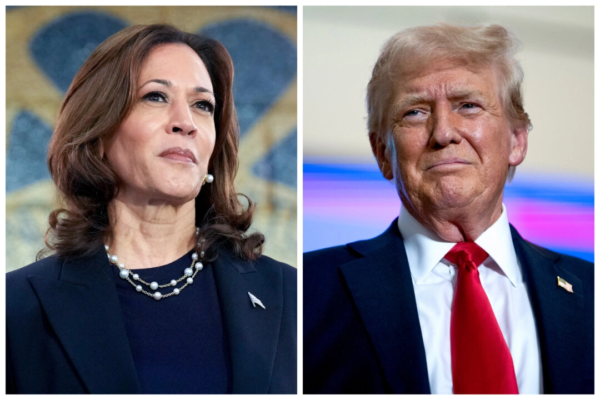The United States election will officially take place next week, with Trump and Harris planning to launch high-intensity campaign schedules in the final week. They will be visiting multiple states every day and returning to key battleground states that will determine the next president to hold rallies and garner more support from voters.
Trump and Harris are scheduled to visit Arizona, Nevada, North Carolina, and Wisconsin from Thursday (October 31) to Sunday (November 3), with Trump hosting two rallies in North Carolina.
Trump plans to campaign in Michigan, while Harris will head to Georgia for a rally. These two states have a crucial impact on the election results, and whichever candidate wins will deal a significant blow to their opponent’s campaign.
Additionally, Trump plans to hold rallies in some traditionally Democratic-leaning states. He will be hosting an event in New Mexico on Thursday, followed by a rally in Virginia on Saturday to continue his campaign efforts.
Some analysts believe that New Mexico and Virginia have historically voted for the Democratic Party in previous elections, and it is expected that these states may lean towards supporting Harris. Trump’s decision to hold events in these states may be aimed at expanding the battleground and forcing the Democratic Party to strengthen their defense in what were relatively safe states.
Prior to Biden announcing his withdrawal from the race, his poll numbers in New Mexico and Virginia saw a significant drop, leading to speculation that Trump might have a chance to compete in these states. However, polling data has shown that since Harris became the Democratic candidate, her support in these states has gradually returned to the typical Democratic lead.
Nevertheless, polling data for these states has been relatively limited since then, as most attention has been focused on traditional swing states.
According to an October poll in New Mexico, Harris leads Trump by 9 percentage points. The polling results in Virginia have been more varied, showing fluctuating leads for Harris, ranging from double digits to single digits.
Currently, overall polling continues to show a narrow gap in support between the two candidates, indicating a fierce competition.
According to The Hill/Decision Desk HQ national average polling data, Harris holds a slight lead. In the average polling data for seven key swing states, no candidate leads by more than 2 percentage points.

